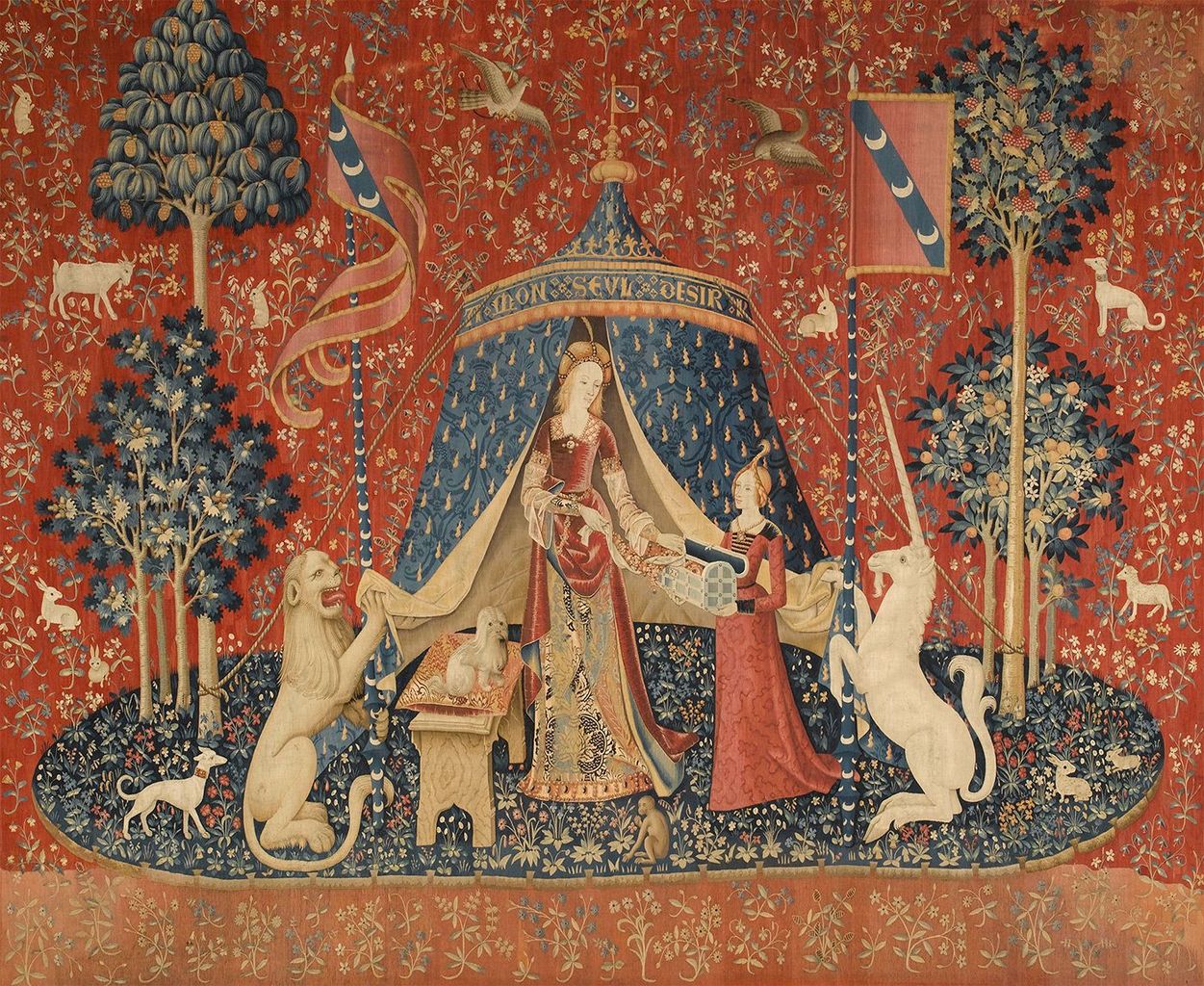There are many lakes scattered around Wales, each with their own unique characteristics and history. Many also have the most amazing legends and folklore associated with them, and the purpose of this work is to discuss some of them. This work does not attempt to be academic or scholarly. Instead, it attempts to explore thoughts that are more intuitive and reflective, and hopefully look towards stimulating ideas within the reader to construct their own interpretations of the folk tales and lakes mentioned should they wish to.
A few things to note: Articles on the following lakes (Lake Bala also known as Llyn Tegid, Llyn Barfog, Kenfig Pool, Llyn Coch or the Red Lake, Llyn Cwm Llwch and Llyn y Fan Fach) all appear on the #FolkloreThursday website and links are placed in this article for easy access to them. The term ‘llyn’ is the Welsh word for ‘lake,’ and they are often used interchangeably. There are also a great many more lakes in Wales than can possibly be mentioned here, and many of them have other folk tales and folklore. Finally, there are many different versions of the same legends, and the ones mentioned here may be different to the ones you know.
Origin of the Tales
Although only six lakes are discussed, it will be seen that these have a rich heritage in folklore and in some cases share similar stories. In other cases, the stories appear very different though there may be threads that link some together. The age of the tales and folklore is very much open to debate. Many scholars think they date from the Middle Ages but have far older elements built into them. These elements may be of Christian, Celtic, or possibly even older cultures. For example, are the legends of drowned towns and cities distant, faded memories of real towns (or at least settlements) that once existed either alongside or were built over a lake/replaced by a lake in some sudden flooding or disaster? It may that each succeeding human culture altered or added to the stories to reflect their own beliefs and situation, as will be discussed later. There is also a possibility that they were transported to the lakes from outside Wales, perhaps in the early movement of people across Europe from as far away as the Black Sea region.
The Doorway to the Otherworld
The Welsh lakes are often remote and situated on the edge of human society. In some tales they are presented as the doorway to the Otherworld in Welsh folklore, as is the case with the Red Lake, Llyn Cwm Llwch, and Llyn y Fan Fach. The lakes themselves are not the Otherworld, but the portal that is passed through to enter and exit it. The faerie brides, their fathers, and their sisters can pass through and visit earth, and sometimes they bring animals with them. In certain other Welsh fairy tales this occasionally happens to humans, as is the case with Llyn Cwm Llwch where an island of the Otherworld was made available to human visitors every May Day. This privilege was withdrawn after it was abused. For humans who visit the Otherworld or have dealings with it there is often a sad ending. They are often betrayed by their own frailties and, in many ways, it is the human frailties that are explored in the stories referenced here.
The Faerie Bride and the Mirror of Nature
The story of the Lady of Llyn y Fan Fach also looks at human frailties. In her first appearance at the lakeside, the lady is brushing her long, fair hair with a golden comb and using the lake as a mirror. It is a scene that is reminiscent of descriptions of mermaids on the seashore. Yet she is not half fish as a mermaid is, and is not really human either and this is not by the seashore. Neither is the female in the story of the Bride of the Red Lake. Both are unmistakably not human and appear to be more of a mere-maid, possibly of the Gwragedd Annwn, the female dwellers of the Otherworld of Annwn who according to Welsh folklore also appear from Llyn Barfog.
At sea, mermaids are often seen as a bad sign who lure sailors to destruction. Is this mere-maid too trying to lure Gwyn and the farmer to destruction? In fact, in the case of the Lady of Llyn y Fan Fach and the Bride from the Red Lake, it is the man that entices the female from the water. Brushing her hair may be a symbol of vanity, yet she is someone who is hidden and rarely seen. By using the lake as a mirror she is using reflection to see herself, and brushing her hair hints at a desire to seeing oneself at their best. The sky will also be reflected in the lake, so is she looking at herself and grooming herself in her relationship with the heavens? Is this a way of saying that to find ourselves we need to look at ourselves in the mirror of nature and the world around us?
Pagan Deities
Some people think the legends of the faerie brides are a distant memory of a Pagan goddess or spirit that was once believed to reside in the lakes. Perhaps her father may have been something similar, and he was the one who appeared to hold the real power. It may be that gifts, votives, or sacrificial offerings were made to some spirit of the lake in the dim and distant past.
In Celtic times this was known to happen at special places such as springs and lakes, and such artefacts have been retrieved from a number of sites in the British Isles as well as throughout Europe. In Wales, at Llyn Cerrig Bach on the island of Anglesey, a number of fine quality items have been recovered that were believed to have been offerings to the deity of the lake. These include bronze and iron weapons ranging from swords, spears, daggers and parts of shields, fittings from chariots, cauldrons, tools, musical instruments, and other items that supported the idea of a fairly complex society. Were these fine objects the inspiration for the fairy gold that the local men of Llyn Cwm Llwch wanted to drain the lake to search for?
Sacrificial Offerings
One of the shared motifs in the ‘Bride of the Red Lake’ and the ‘Legacy of the Lady of Llyn y Fan Fach’ is the offering of an item of food to the lady of the lake. Something similar, though not food, is the poor cat thrown alive into the waters of Llyn Cwm Llwch. Is this some kind of dim and distant memory of an act of animal sacrifice or making an offering to a spirit or goddess of the lake? In the case of the apple offered to the maiden of the Red Lake and the bread offered to the Lady of Llyn y Fan Fach, the offering worked and the farmers were rewarded with a bride from the Otherworld.
In the case of the cat, a troublesome spirit is removed from Earth. Also, evidence of some kind of unknown subterranean connection is found when the body of the cat appears in a different lake to the one it was thrown into. Was the act of making an offering some kind of ancient ritual to honour or appease some water spirit, or to ask for some boon from a divinity?
The Courting Ritual
Both of the prospective husbands undertake a similar courting ritual to win their brides, and it is curious that in both stories the maiden is enticed out of the lake by their suitors offering food. In the ‘Bride from the Red Lake,’ the farmer offers her an apple which he uses to trick her; a curious reversal of the Biblical Adam and Eve myth. Apples also have associations with Celtic traditions. Gwyn, whose name may have associations with Gwyn ap Nudd, offers the Lady of Llyn y Fan Fach bread to entice her. In ancient societies, a sacrificial offering could be made using animals, objects, or food, with the purpose of appeasing or influencing a higher or divine entity or as an act of religious devotion. In fact it still happens today in the form of throwing coins into a wishing well, and in some parts of the world animals are still sacrificed. A sacrificial offering could also mean the taking of a human or animal life, and here again the poor, unfortunate cat that was thrown to the waters of Llyn Cwm Llwch springs to mind.
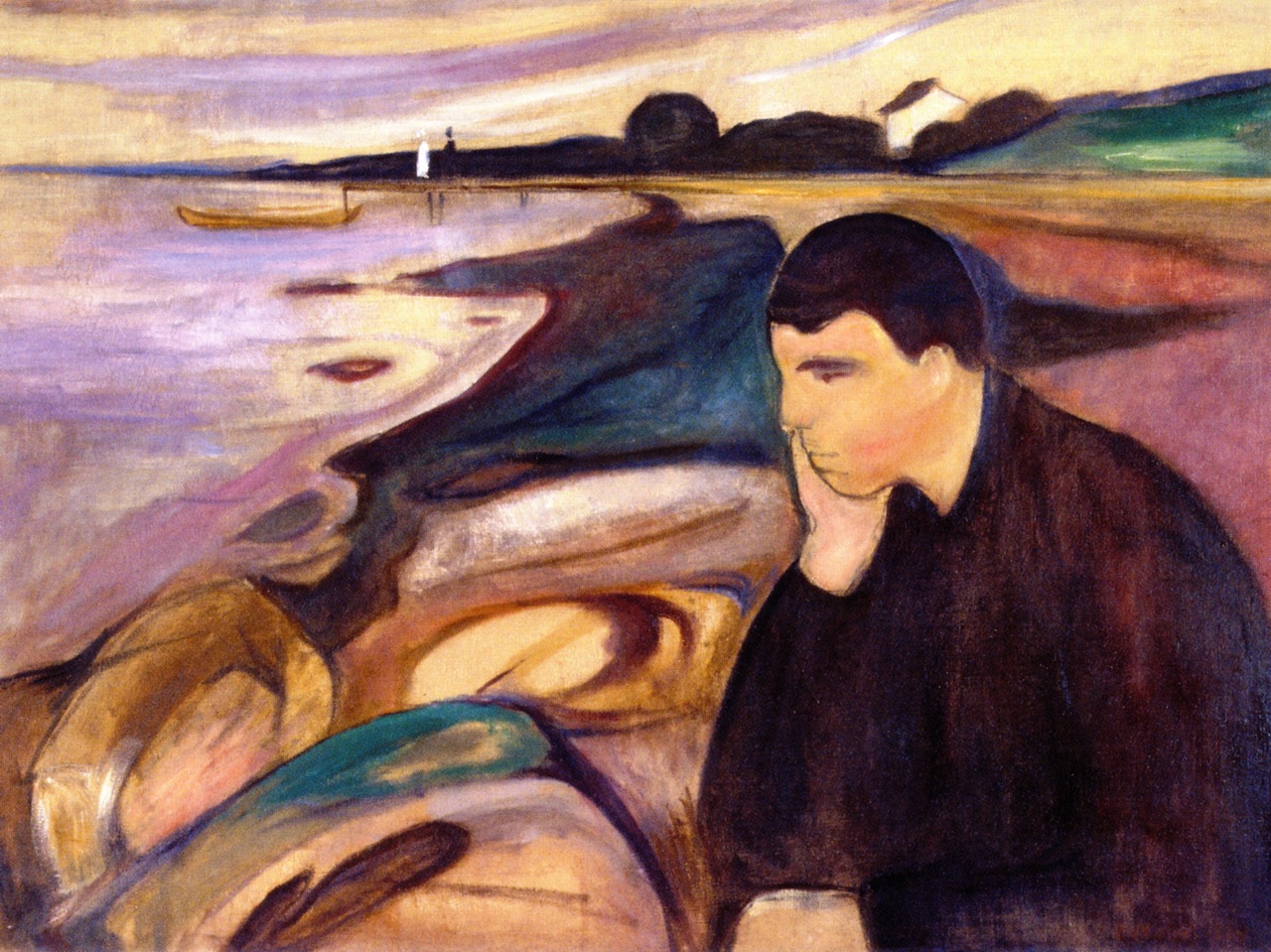
The Separation
In both stories, the female’s father is a powerful old man whose permission for marriage must be sought, and is only given when certain conditions are fulfilled. First, the old man must be certain the suitor loves his daughter. Second, once they are married the husband must not strike his daughter. In the case of the bride from the Red Lake, the husband must not strike his wife even once with clay, whereas Gwyn of Llyn y Fan Fach must not give his wife three causeless blows.
Neither Gwyn nor the farmer from the Red Lake are violent men, and both are deeply in love and cannot imagine ever hurting their spouses. What was aversive about clay is not known, but he clearly has no intention of striking her with any material. Again, what a causeless blow amounts to was not clear to begin with. Nevertheless, it is eventually made clear. In all cases the blows that are inflicted are either unintentional or very gentle with no intention of causing harm.
What does become clear is that despite being loving and gentle towards their wives they could not help breaking the contract. In the case of the farmer from the Red Lake, it seems to be purely unintentional as he is digging a hole to plant his wife an apple tree and is not given another chance even though he never hurt her. With Gwyn he is given three chances but still cannot fulfil the contract but he never physically hurts her.
What both appear to lack is purity of focus, a lack of forethought, and a lack of understanding of the real consequences of the terms. They have agreed to the contract and the terms and conditions, yet there is a sense that both the bride’s fathers and the brides themselves know that humans, being human, cannot fulfil the terms. Possibly because they believe that humans lack the ability to not commit an act for the rest of their lives, and do not fully understand the consequences.
It could be argued accidents are avoidable and with care and forethought would not happen. Three chances should provide a sufficient safety net, but Gwyn still manages to break the contract. In both cases there is no acceptable excuse, no forgiveness, and no way back once the contract is broken.
Faustian Pact
The marriage contract turns out to be something of a Faustian pact, where the happiness of the two men rests entirely on upholding it and not striking their wives – no matter how lightly, or even by accident. Both the farmer of the Red Lake and Gwyn willingly give themselves to the contract. To satisfy their desire, or even lust, they agree to a contract with entities from the Otherworld. As is the case with a pact with the Devil, a contract with the Otherworld has to be honoured.
Maybe one of the points of both stories is to warn against taking on such dangerous pacts because humans, being imperfect and full of frailties, either break the contract, or if they do manage to keep it, are unwilling to pay the price. In breaking their contract, both men lose their wives who return to their own worlds and take all the brought with them. In the case of Gwyn, he cannot live without her so he follows her into the lake and drowns. The farmer spends the rest of his life in misery, mourning the loss of his wife. Both of these experience the consequences of taking on a contract with the Otherworld. Getting what you want can have unexpected consequences.
Both stories raise questions about violence against women. In the case of the Bride from the Red Lake, the farmer must always be on his guard but fails and accidentally strikes her with clay. Gwyn is given three chances and still fails. Although neither man hurts his spouse, it still appears as a warning to be on guard for accidents or even the mildest form of violence, accidental or intentional, and that lack of understanding of the consequences is no excuse.
Connecting the Otherworld
One of the curiosities of these lakes is that they appear to act as some kind of doorway or portal to and from the Otherworld, which the citizens and creatures of that world sometimes use. At Lake Barfog, the Gwragedd Annwn are said to be all females of exactly the same appearance. Nelferch of Llyn y Fan Fach had a sister identical to her, and the only way that Gwyn could tell the difference was by the way she fastened one of her sandals. Could it be that Nelferch and her sister were of the Gwragedd Annwn, whose home was Annwn, and were the two lakes the door ways to the underground realm lying within the Welsh hills? At Llyn Barfog, the milk-white cow exits the Otherworld from the lake and returns via the lake with its descendants when called by a member of the Gwragedd Annwn. The case of the unfortunate cat drowned in Llyn Cwm Llwch implies the possibility of some kind of unknown connection and intelligent entity that would threaten to protect its smaller neighbour.
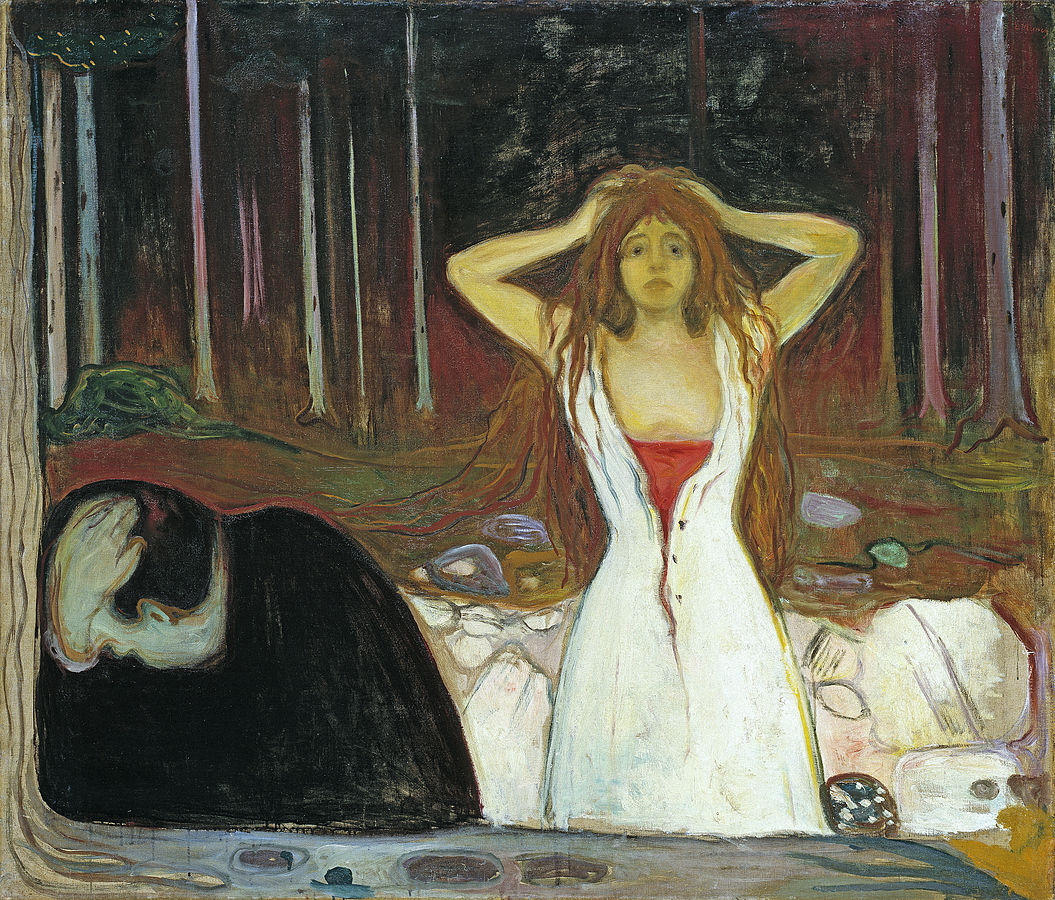
Drowned Towns, Murder and Vengeance
The idea of a town drowned underneath a lake is found in many other places in Wales, such as Lake Bala in North Wales and Kenfig Pool in South Wales, and also in places along the coast. How these legends originated is unknown. It may that the real town of Kenfig that became covered in sand became mixed up with the origin of the pool, giving rise to the idea of a legendary town of Kenfig under the lake. Another possible explanation may be that the story of the drowned town was transported from other places to Kenfig and Bala.
In Welsh folklore, Lake Bala, an inland lake, also has a legendary town below its surface. Although its story is different, it shares certain motifs with those of the drowned town of Kenfig. Both of these legends share the motif of vengeance being wreaked upon the perpetrators of wrongdoers and also innocents.
While we may think we have escaped judgement and punishment for our sins, the warning is that retribution will certainly come in due course. In both cases, innocents lost their lives seemingly to pay for the sins of the guilty. Could there be an idea of collective guilt being punished? In the example of Lake Bala, although it is the ruler Tegid Foel who is the evil protagonist, his punishment is shared by his grandson and family. Also some townsfolk do perish, but some escape. In the case of Kenfig, it was the entire dynasty of the ruler along with all the townsfolk who drowned. Is it right that innocents should suffer in this way?
Are the sins of the father really the sins of the son? There are many answers to this question, and not necessarily a right one so it is up to people to make up their own minds. But the following is one way of thinking about it. In the case of Kenfig, the wife, ancestors, and the townsfolk all appear to be innocent. Yet they paid the price of the murder of the rent collector by the young man many years previous, and his sin was not theirs. However, they were caught up in the consequences of sin which may seem unfair. Nevertheless, sin is in the world and the consequences of sin do not just affect the immediate victim and the sinner, but also have repercussions for everyone else. If that is so what is sin, how do we recognise it, and what can we do about it? Without question in Welsh folklore, the lakes are strange places and the legends of drowned towns underneath some of these lakes adds another dimension to their strangeness.
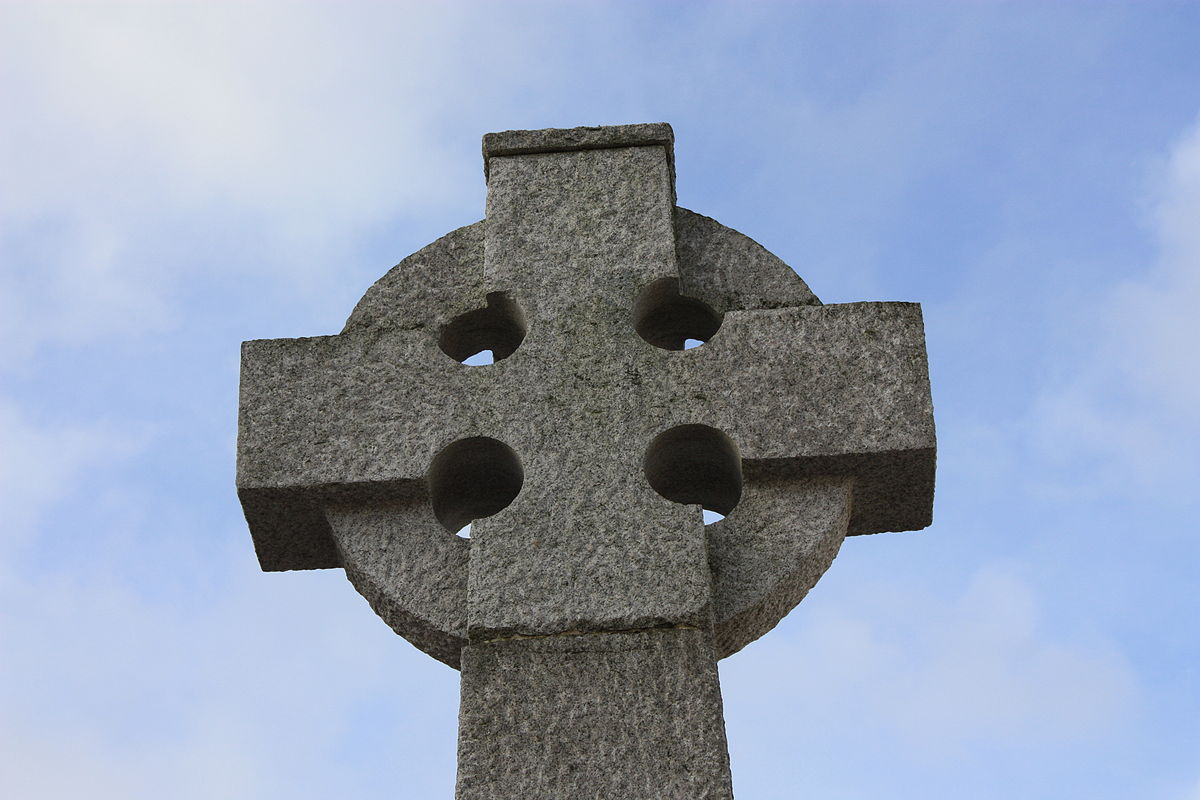
The Fourth Council of the Lateran
In 1213, Pope Innocent III convened the Fourth Council of the Lateran. A set of canons were presented to those present, and Canon 21 confirmed earlier custom and legislation that everyone of appropriate age, both male and female, had a duty to confess their sins to their parish priest at least once a year and diligently carry out any penances that were imposed to gain absolution. To fail in this duty could possibly result in an individual being cut off from the church or even being denied Christian burial, both being serious consequences at the time.
There were two reasons why the church believed it was necessary for laypeople to understand what these sins were. The first was that in knowing what the sins were, they would know they were committing them and be fully aware of the consequences. Hopefully this would deter them from committing them. The second was that in recognising they had sinned, they would be driven to seek absolution. The church made it clear that ignorance and lack of education or awareness were not necessarily an excuse.
It was the priests who were charged with enacting this, and had to find effective ways to teach their congregation of the dangers of sinning. They believed committing one or more of these were fatal to a person’s spiritual evolution, possibly resulting in severance from God and receiving eternal damnation.
In some cases the priests used paintings and depictions on church walls to put their message across. In other cases, or to reinforce this, they may have used stories that indirectly told of the consequences of not following the church’s directives. The stories were passed on orally and, although they had similar structures and messages, they varied in detail giving rise to different versions in different places. Also they were possibly built on existing legends with Pagan components, perhaps to further diminish and discourage Paganism. The concept of the drowned or destroyed town that was punished by God for the sins of its rulers and citizens is found in many parts of the world. Maybe priests built on existing legends to create an example that would indirectly influence their congregations about the dire consequences that could befall them.

Drowned Towns and Faerie Brides
So, how do the drowned towns tie in with the faerie brides? Both husbands knew they were making a pact with the Otherworld and knew the terms of the contract they entered into, although they did not realise there would be a huge and devastating emotional cost. Despite not fully understanding this, they both had to pay this emotional price and there was no appeal and no mercy given. Both faced living in misery without their brides, although Gwyn chose to cut his life short. Those who break a contract with the Otherworld must pay a price, but in the eyes of the church to knowingly or even unknowingly take out contract with the Otherworld was to take out a contract with the Devil and a sin and must answer to both God and Satan.
However, there is a twist. Nelferch returned to teach her sons the herbal and healing lore of the Otherworld and they went on to become great healers on Earth. How does that fit in with the church’s concept of the Otherworld?
Beyond the Threshold
Do the legends of these drowned towns really carry any meaning today other than being entertaining folk tales? There can be many meanings attached to the tales of the Welsh lakes, depending on the different aspects that are being looked at. Presented here are only a few exploratory ideas that do not claim to be fact and indeed raise many questions. The important thing for the reader is to come to their own conclusions by reflecting upon their own knowledge, experience, and intuition and pass beyond their own thresholds.
For full versions of these Welsh lake legends and all articles in this series, visit the Folklore of the Welsh Lakes page or select from the list below:
- The Legend of Lake Bala, Wales
- The Legend of the Bride from the Red Lake
- The Drowned Town of Kenfig
- Llyn Cwm Llwch and the Door of the Tylwyth Teg
- Llyn Barfog, the Female Dwellers of Annwn and King Arthur and the Afanc
- The Legend and Legacy of the Lady of Llyn y Fan Fach
Recommended Books from #FolkloreThursday
References & Further Reading
Folkrealm Studies – Welsh legends: The Lady of Llyn y Fan Fach
Folkrealm Studies – Lost worlds: The town beneath Kenfig Pool
Folkrealm Studies – Lost worlds: The town beneath Lake Bala
Legends of the Lakes of Wales: Thematic Classification and Analysis – By Carles-Enric Fernandez
Sacred Texts – The Welsh Fairy Book – The Lady of the Lake – by W. Jenkyn Thomas [1908]
Welsh folk-lore: a collection of the folk-tales and legends of North Wales; being the prize essay of the national Eisteddfod, 1887″, by Owen, Elias
Celtic Folklore Welsh And Manx – Chapter VII: Triumphs of the Water-World by John Rhys [1901]
Under the influence! – Welsh Folklore: Legends of Llyn Cwm Llwch






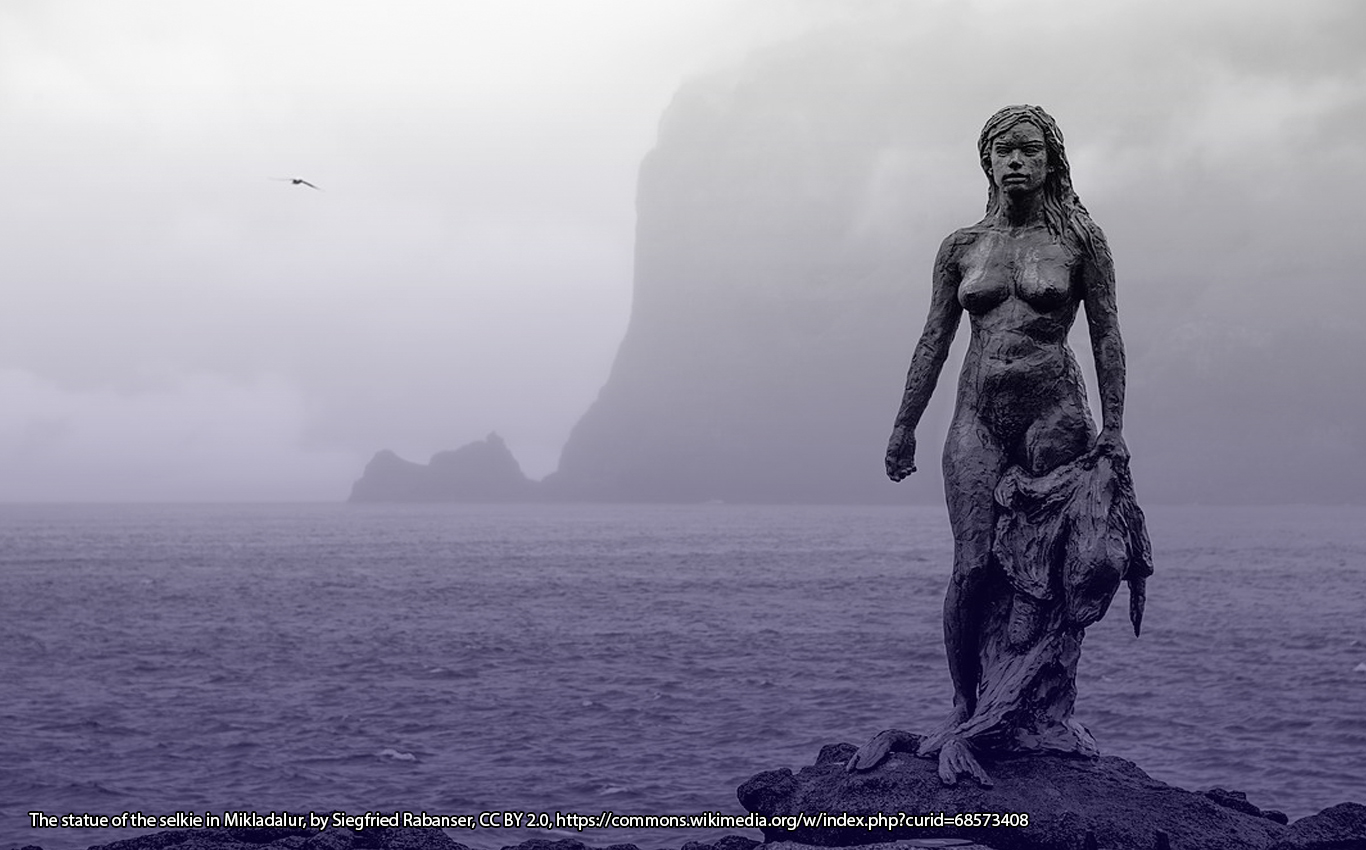


![Boadicea, leader of the rebellion against the Romans. By Joseph Martin Kronheim (1810–96)[1] - This file has been extracted from another file: Pictures of English History - Plates I to IV.jpg, Public Domain, https://commons.wikimedia.org/w/index.php?curid=12705208](https://folklorethursday.com/wp-content/uploads/2020/10/Pictures_of_English_History_Plate_IV_-_Boadicea_and_Her_Army.jpg)


